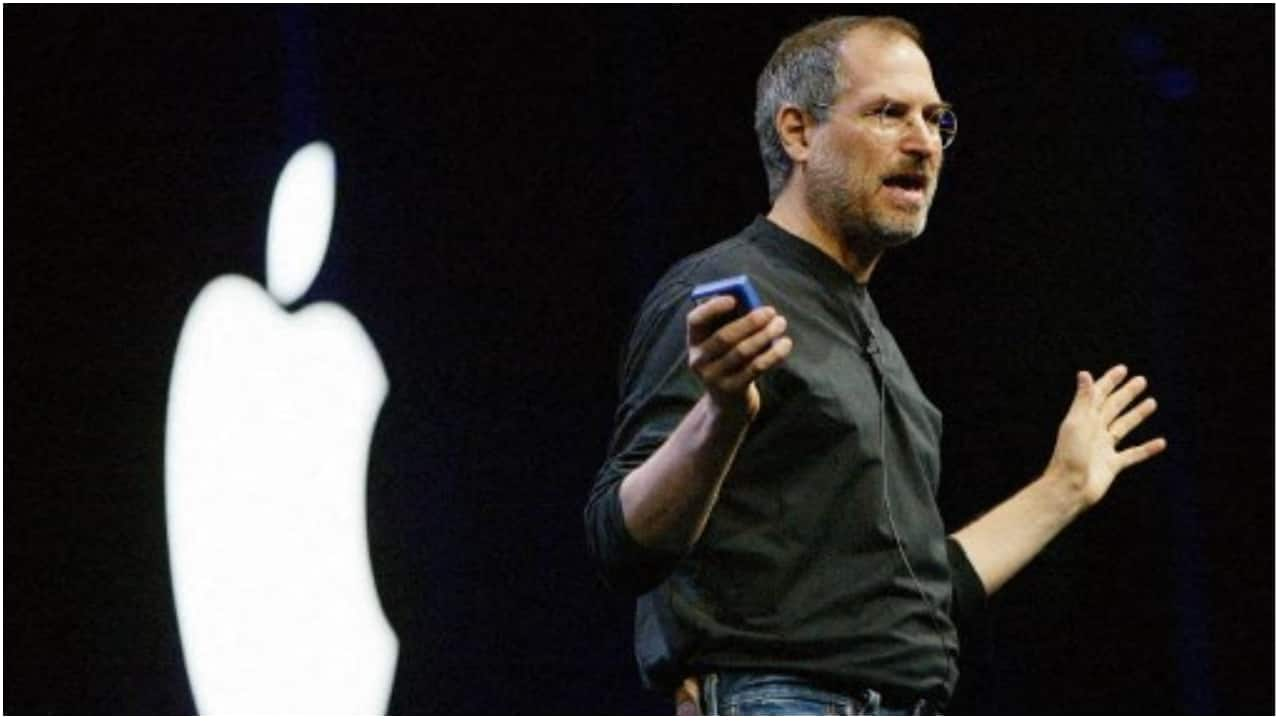Unbelievable Concrete That Powers Buildings – MIT’s Groundbreaking Discovery!

What if the very walls of your home could not just stand tall but also power your devices? Well, scientists at MIT have just made that a reality with their revolutionary Electron-Conducting Carbon Concrete, a unique type of cement that functions like a battery!
This innovative material is designed to be embedded in structures like buildings, sidewalks, and bridges, and it consists of four essential ingredients: cement, water, ultra-fine carbon black, and electrolytes. The magic lies in the carbon black and electrolytes; the tiny particles of carbon create a conductive nanonetwork within the concrete, allowing electricity to flow through it. This means your sidewalk could potentially charge your electric vehicle, or your home could store solar energy directly in its walls.
Through cutting-edge research, MIT scientists utilized a method called FIB-SEM tomography to observe how carbon black and electrolytes interact within the concrete. By scanning thin layers, they revealed a complex web-like structure that helps facilitate electrical flow. The team discovered that when they directly mixed the electrolyte into the concrete mixture, it could store more energy—over two kilowatt-hours per cubic meter! To put that into perspective, that’s enough energy to run a household refrigerator for an entire day.
The initial prototypes of their concrete battery have already shown promise. In one test, a small arch powered an LED light, and as weight was added, the light flickered, hinting that this material may even function as a self-monitoring system for buildings. Imagine a world where the integrity of structures is constantly monitored through their own energy systems. That’s not just innovative; it’s a game-changer!
Moreover, this concrete could play a vital role in the renewable energy landscape. Solar energy is only generated during the day, leaving a significant gap during night hours. With MIT’s concrete battery incorporated into buildings, they can capture solar energy during the day and release it when needed, effectively creating a sustainable energy loop.
Developed by the MIT EC³ Hub and the Concrete Sustainability Hub, this groundbreaking research was led by Professor Admir Masic and his team, including Damian Stefaniuk, Franz-Josef Ulm, and James Weaver. The implications of this technology are immense and could pave the way for smarter, more sustainable infrastructure in the future.


























